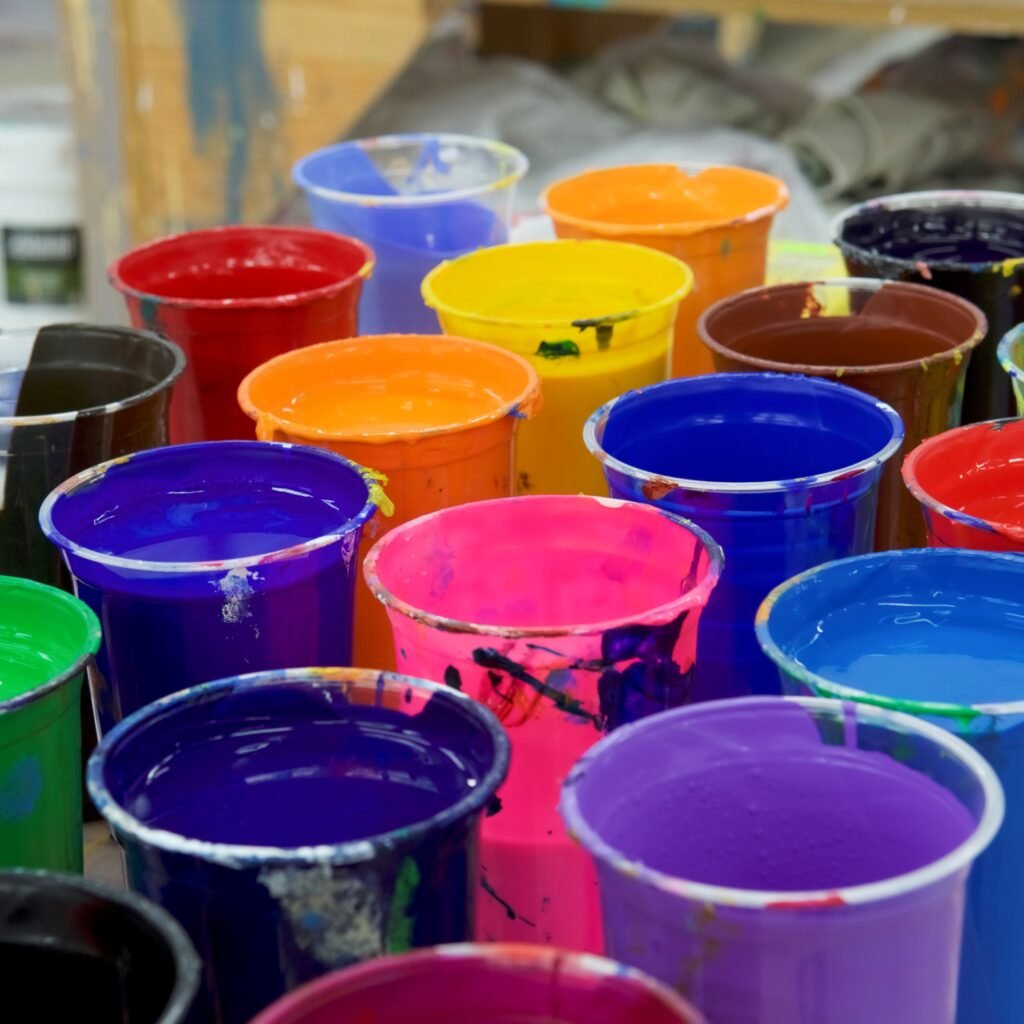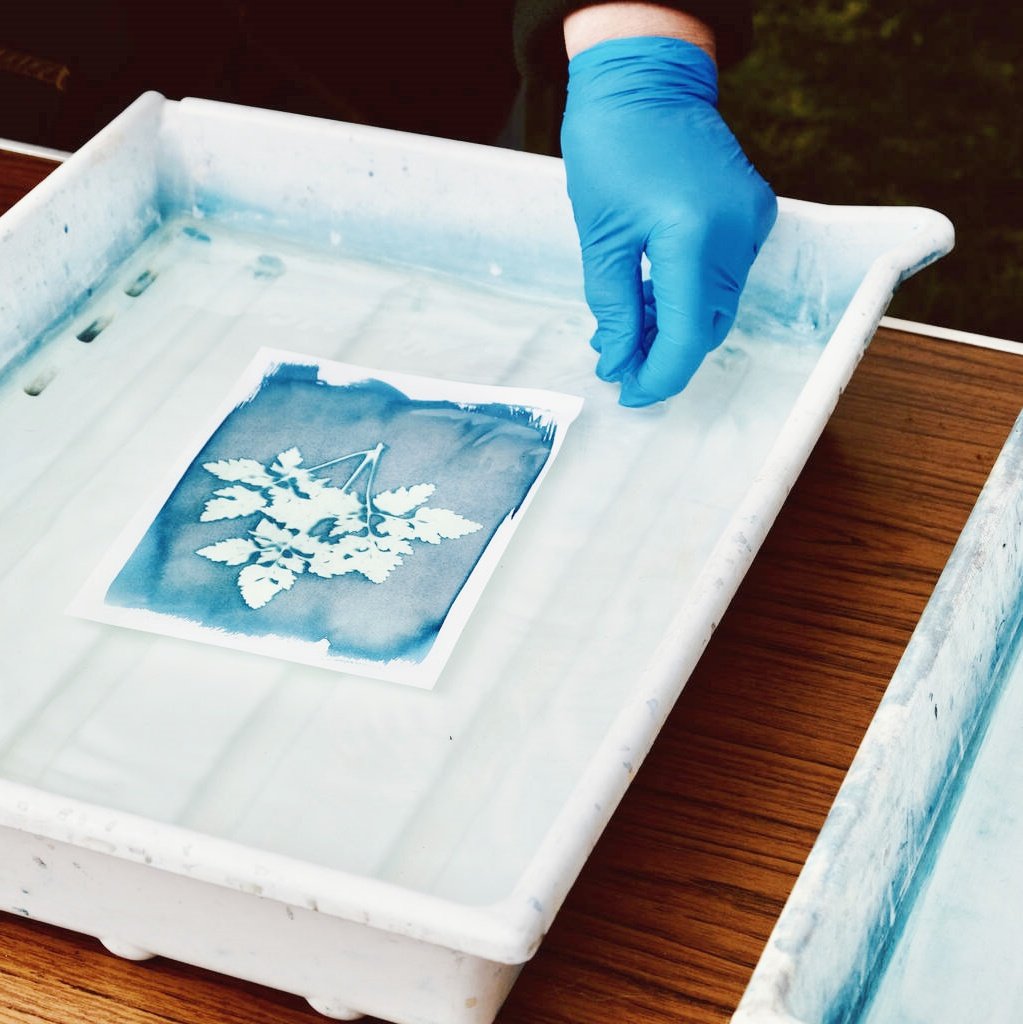In the printing industry, selecting the right ink is crucial to ensuring the quality and visual appeal of the final product. Among the various ink types, water-based ink and plastisol screen printing ink, particularly UV plastisol ink and Vegas Gold plastisol ink, stand out due to their unique properties. This article delves into the specific differences between water-based ink and plastisol screen printing ink in terms of color vividness and durability, helping you make an informed decision.
I. The Battle of Color Vividness
1.1 Color Performance of Water-Based Ink
Water-based ink is known for its eco-friendliness and ease of cleaning, making it a popular choice in textile printing. However, in terms of color vividness, water-based ink performs relatively modestly. Being water-based, the dispersion of color pigments may be somewhat limited, resulting in difficulty achieving certain high-saturation colors perfectly. Nevertheless, with continuous technological advancements, modern water-based inks have significantly improved in color rendition and vividness.
1.2 The Color Advantage of Plastisol Ink
In contrast, plastisol ink excels in color vividness. Composed of PVC resin and plasticizers, plastisol ink boasts excellent plasticity and coverage, enabling it to effortlessly coat various material surfaces and produce rich, intense color effects. UV plastisol ink takes this further with UV curing technology, enhancing color brightness and saturation, making printed materials even more eye-catching. Meanwhile, Vegas Gold plastisol ink adds a touch of luxury and texture to prints with its unique golden sheen.
II. The Contest of Durability
2.1 The Durability Challenge of Water-Based Ink
The durability of water-based ink is somewhat constrained by its eco-friendly nature. Without harmful solvents, water-based ink may not perform as well in terms of water resistance, lightfastness, and chemical resistance as some traditional inks. Specifically, under outdoor conditions, prolonged exposure to sunlight, rain, and other natural elements may cause water-based ink prints to fade or blur over time.
2.2 The Durability Advantage of Plastisol Ink
Plastisol ink is renowned for its exceptional durability. The high concentration of PVC resin and plasticizers in its formulation creates a tough protective layer that effectively resists environmental degradation. UV plastisol ink, with its UV curing, forms a sturdy polymer film, significantly enhancing the abrasion resistance, scratch resistance, and chemical resistance of printed materials. Whether indoors or outdoors, plastisol ink maintains vivid colors and clear patterns, enduring through time.
III. Practical Application Case Studies
To better illustrate the differences in color vividness and durability between the two inks, we can examine several practical cases. For instance, in T-shirt printing, plastisol ink is often the preferred choice of many brands due to its outstanding color vividness and durability. However, for textile manufacturers prioritizing environmental friendliness and fast production, water-based ink is a suitable alternative. But in areas requiring high color fidelity or long-term preservation, such as promotional posters and outdoor advertising, the advantages of plastisol ink are more evident.
IV. Comprehensive Comparison between Water-Based Ink and Plastisol Ink
In terms of color vividness and durability, plastisol ink shines brightly. However, this does not diminish the merits of water-based ink. Instead, water-based ink excels in eco-friendliness, ease of cleaning, and cost control. Therefore, selecting the right ink involves a comprehensive consideration of specific printing needs, material properties, and market conditions.
Conclusion
Water-based ink and plastisol screen printing ink each have their unique strengths in color vividness and durability. Plastisol ink, with its vibrant colors and superior durability, dominates in premium print products and outdoor advertising. Conversely, water-based ink, renowned for its environmental friendliness and ease of cleaning, finds its niche in textile printing and fast-moving consumer goods packaging. By understanding the characteristics and advantages of both inks, we can make informed choices tailored to our needs, enhancing product quality and market competitiveness.


